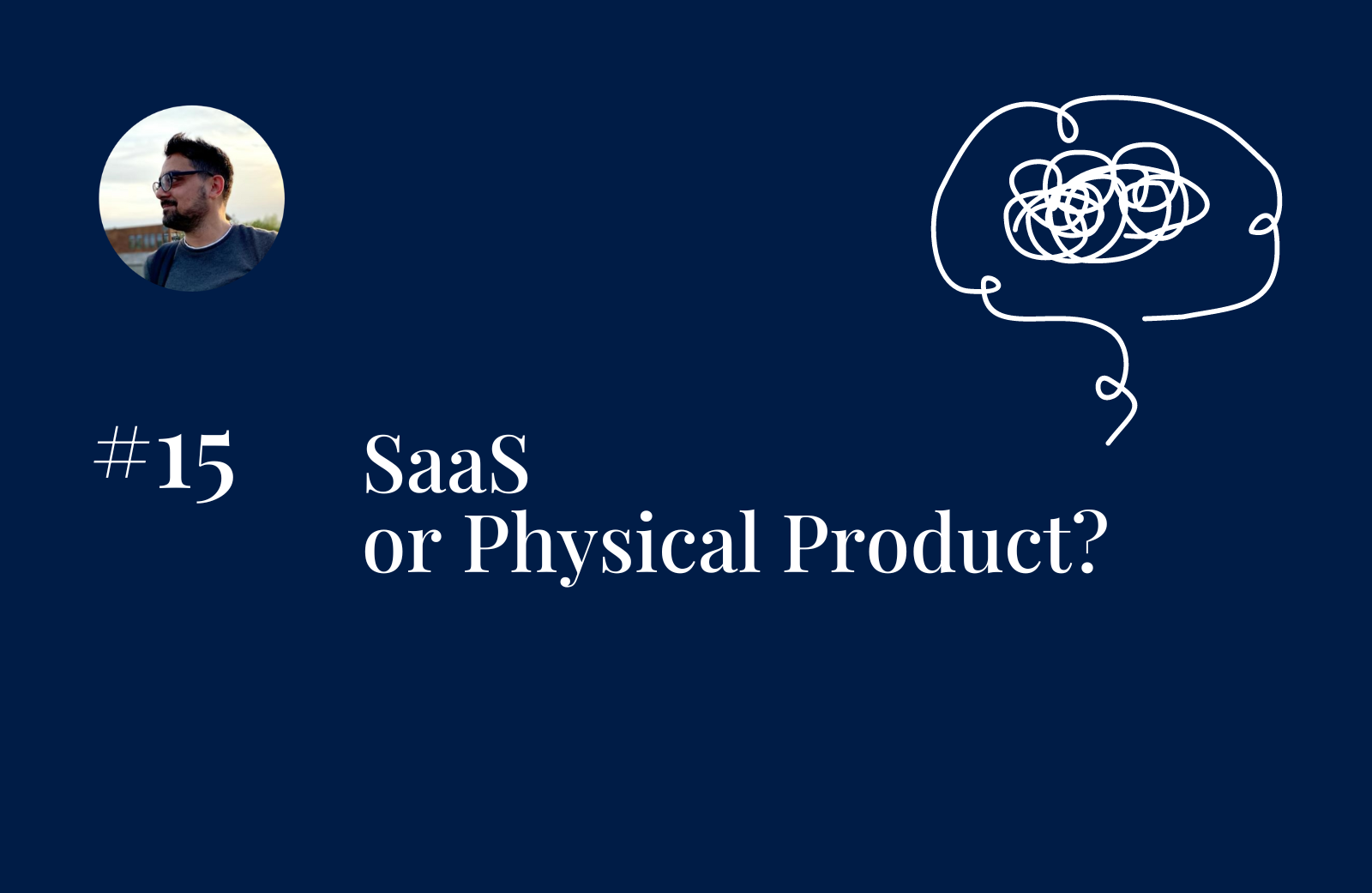
24 Jul SaaS or Physical Product?
Jul 24, 2024
Let me share a short story.
Back in 2019, before the pandemic, I was the founder of a startup called StartupStage. My primary goal was to organise startup pitching events in Sofia, Bulgaria. For several months, I hosted an event featuring five startups every week. Their task was simple – to come on stage and pitch their idea in front of investors, other entrepreneurs, journalists, and individuals interested in learning about entrepreneurial endeavours.
The Startup
During one of these events, I met Mr. Ivan Atanasov, a professional with over 20 years of experience in the financial industry and a graduate of the City University of Seattle.
A family man with two kids, he aimed to create a mobile application to teach children about personal finance — how to save, understand basic economic concepts, develop healthy financial habits, and manage their money effectively. Numerous studies have shown that children who develop financial habits become more responsible adults, illustrating that understanding money management can foster other positive personal qualities.
The idea was excellent, but there was a significant hurdle; Ivan wasn’t technical, and finding a technical co-founder proved challenging. Hiring a development company wasn’t on his agenda either.
The obvious solution seemed to be finding a tech person to join the team. Each member, with their specific expertise, could then develop the app.
Founder Institute
Later, Ivan decided to join the Founder Institute, which has a physical branch in Sofia. This platform allowed him to refine his concept, pitch to a broader audience, and, most importantly, to investors and entrepreneurs.
The Product
A few months later, the product’s name was changed to “Monety,” which translates to “coins” in Bulgarian. Also, Ivan realised that he didn’t need a technical co-founder or a software company. Instead, he could create a board game for families that would help parents teach their children about financial habits.
Creating a physical game and making it available in local bookstores and online turned out to be much easier and cheaper. Using his savings, he managed to finance the development and release of the physical board game. Later, since the product proved the hypothesis that parents need it, an investor joined the team and helped reach an even larger audience.
The Lesson
Let me pose a question:
If you have a startup idea, what's the cheapest and easiest way to validate it?
Sometimes, you don’t have to build complex software solutions or invest heaps of time and money.
If you have an idea, talk to people, brainstorm, and try to think outside the box. Sometimes the most apparent solutions are not the best ones.
